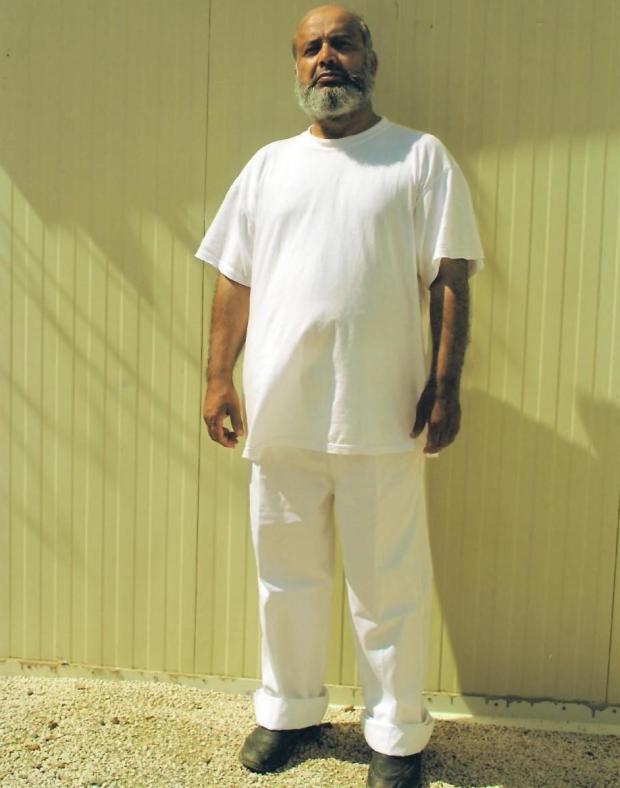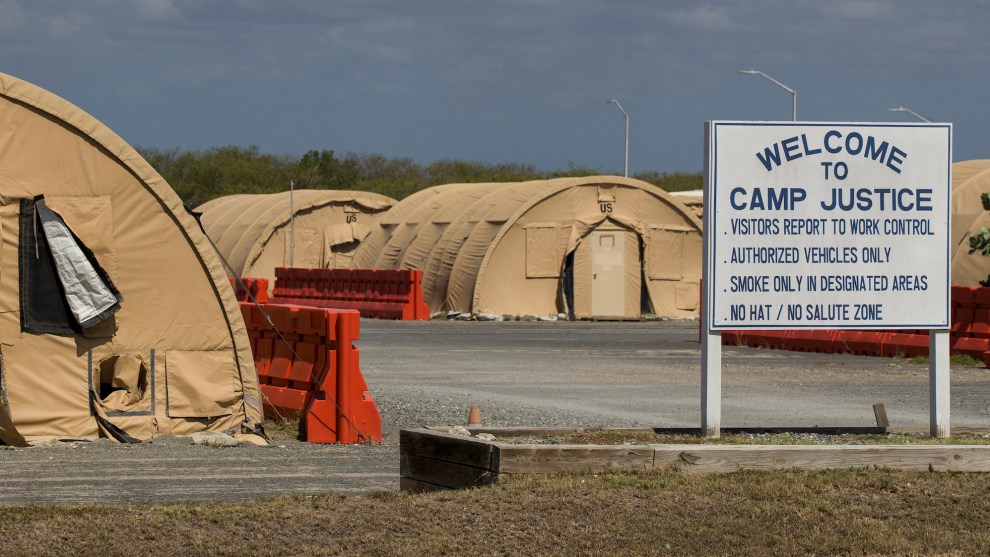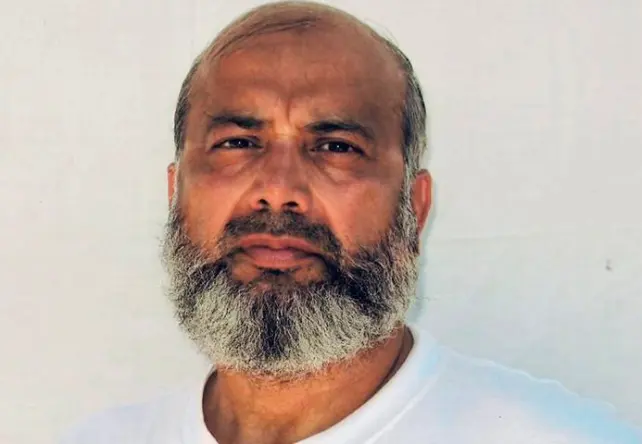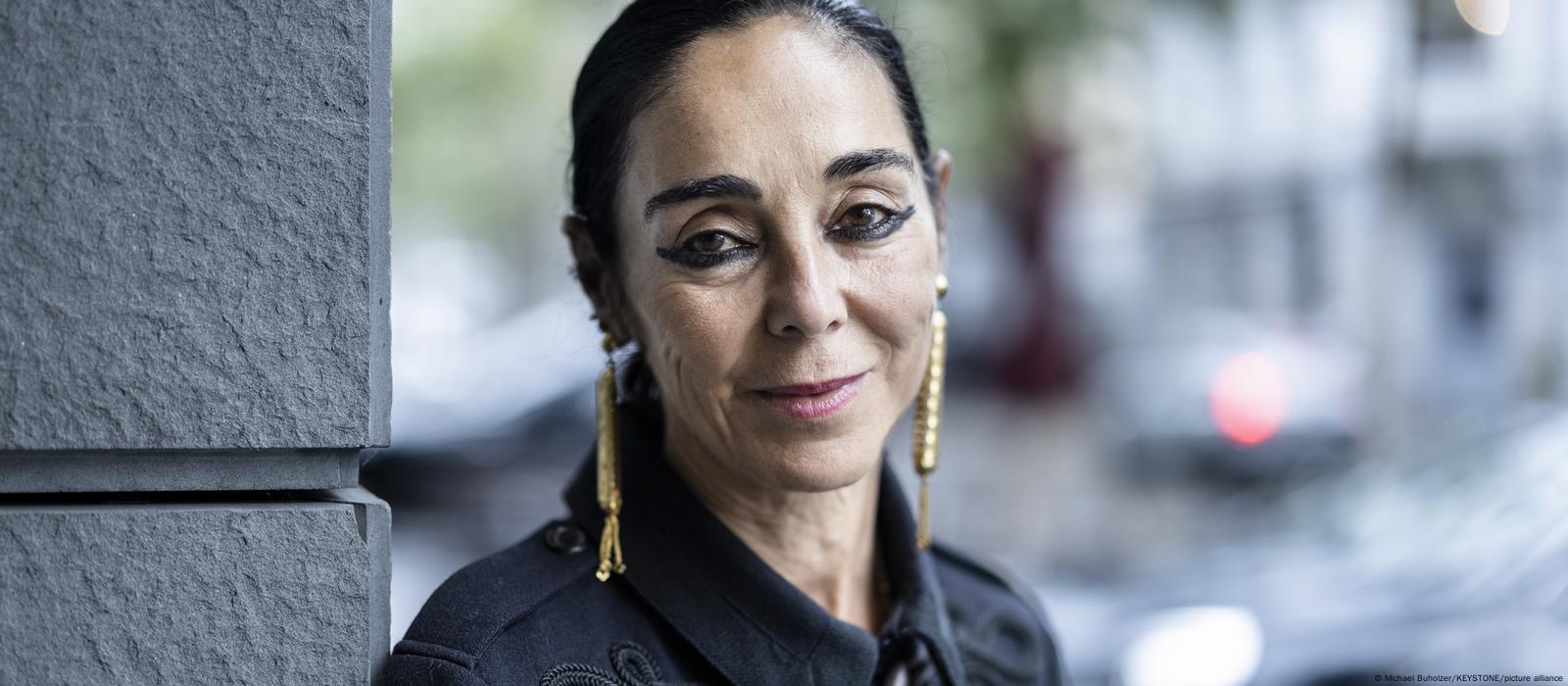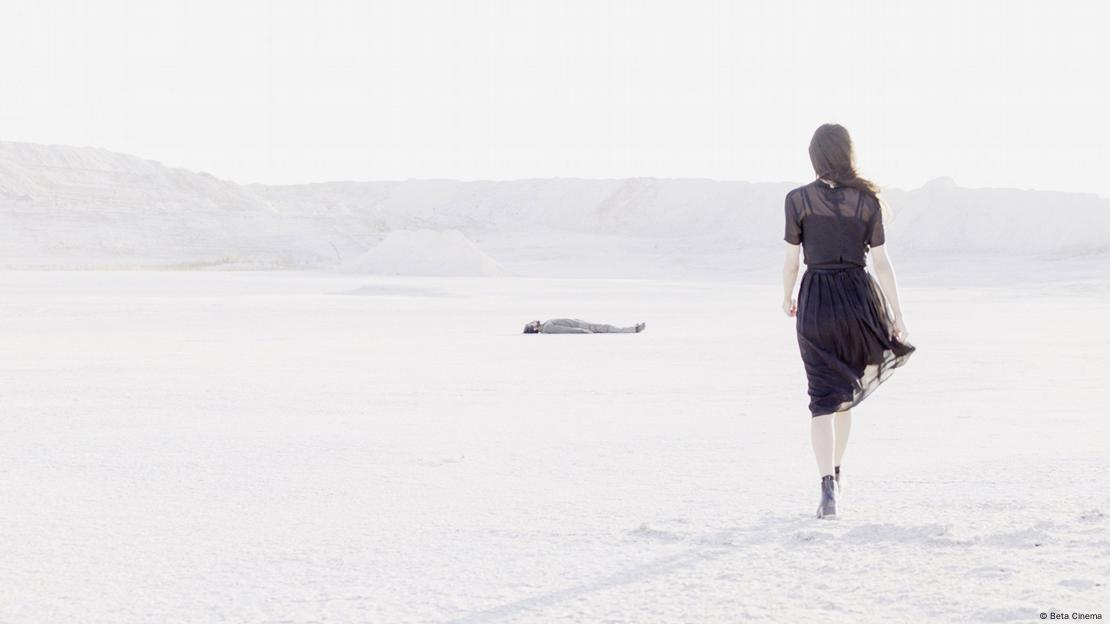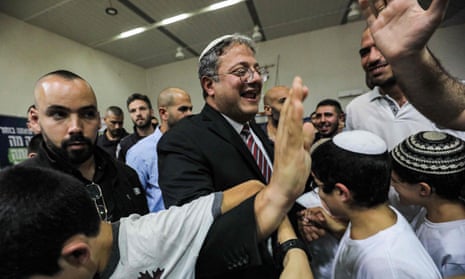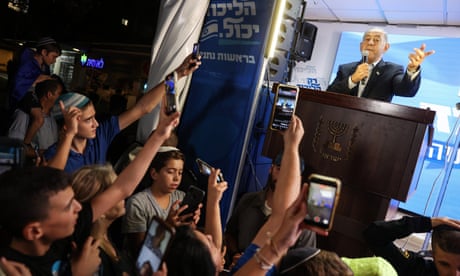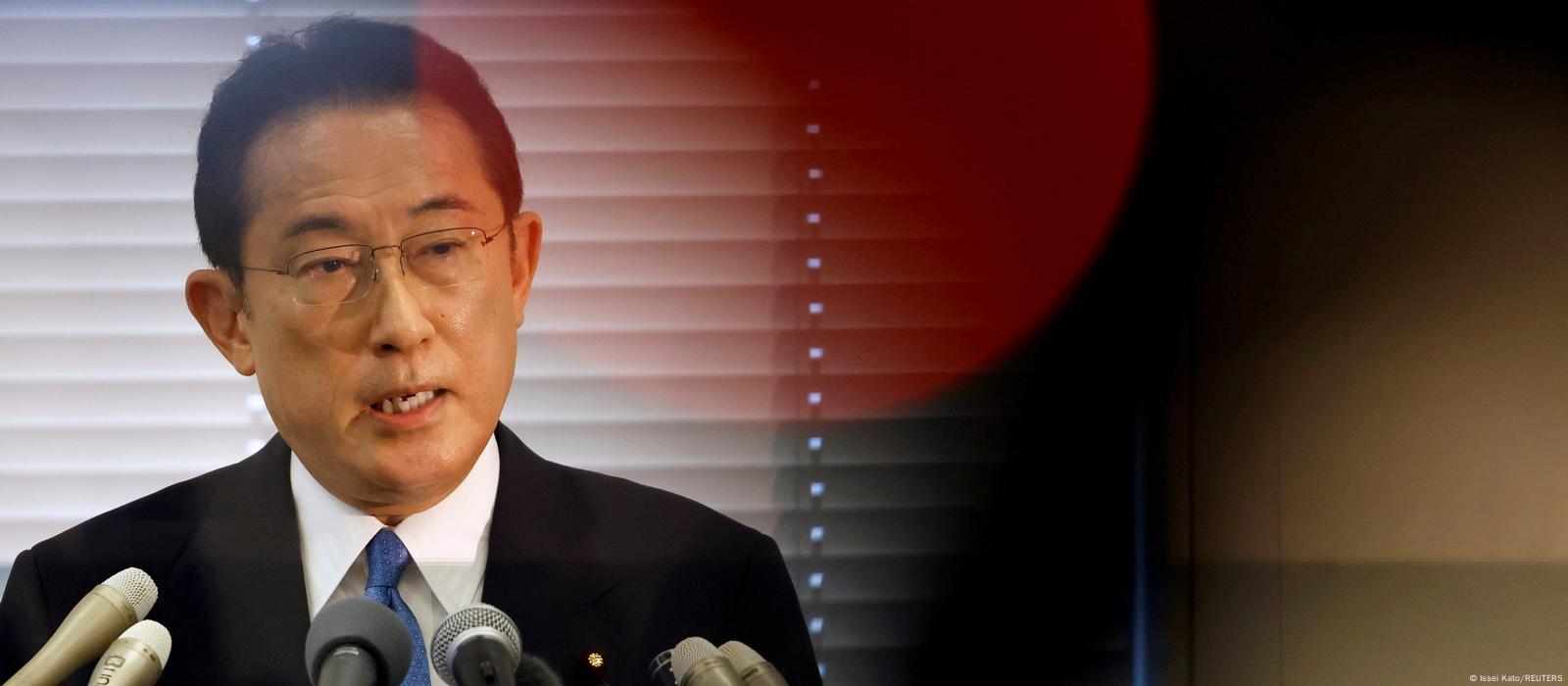In the mid-19th century, a pro-slavery minority — encouraged by lawmakers — used violence to stifle a growing anti-slavery majority. It wasn’t long before the other side embraced force as a necessary response.

The destruction of the city of Lawrence, Kansas, and the massacre of its inhabitants by the Rebel guerrillas, August 21, 1863. Quantrill's Raid. | Wikimedia Commons
By JOSHUA ZEITZ
POLITICO USA
10/29/2022
Early Friday morning, an intruder broke into the San Francisco home of House Speaker Nancy Pelosi and bludgeoned her husband, Paul Pelosi, 82, on the head with a hammer.
Details are still scant, but early indications suggest that the suspect, David Depape, is an avid purveyor of anti-Semitic, QAnon and MAGA conspiracy theories. Before the attack, the assailant reportedly shouted, “Where is Nancy? Where is Nancy?”
This is the United States of America in 2022. A country where political violence — including the threat of political violence — has become a feature, not a bug.
Armed men wearing tactical gear and face coverings outside ballot drop boxes in Arizona. Members of Congress threatening to bring guns onto the House floor — or actually trying to do it. Prominent Republican members of Congress, and their supporters on Fox News, stoking violence against their political opponents by accusing them of being pedophiles, terrorists and groomers — of conspiring with “globalists” (read: Jews) to “replace” white people with immigrants.
And of course, January 6, and subsequent efforts by Republicans and conservative media personalities to whitewash or even celebrate it.
Pundits like to take refuge in the saccharine refrain, “this is not who we are,” but historically, this is exactly who we are. Political violence is an endemic feature of American political history. It was foundational to the overthrow of Reconstruction in the 1870s and the maintenance of Jim Crow for decades after.
But today’s events bear uncanny resemblance to an earlier decade — the 1850s, when Southern Democrats, the conservatives of their day, unleashed a torrent of violence against their opponents. It was a decade when an angry and entrenched minority used force to thwart the will of a growing majority, often with the knowing support and even participation of prominent elected officials.
That’s the familiar part of the story. The less appreciated angle is how that growing majority eventually came to accept the proposition that force was a necessary part of politics.
The 1850s were a singularly violent era in American politics. Though politicians both North and South, Whig and Democrat, tried to contain sectional differences over slavery, Southern Democrats and their Northern sympathizers increasingly pushed the envelope, employing coercion and violence to protect and spread the institution of slavery.
It began with the Fugitive Slave Act of 1850, which stripped accused runaways of their right to trial by jury and allowed individual cases to be bumped up from state courts to special federal courts. As an extra incentive to federal commissioners adjudicating such cases, it provided a $10 fee when a defendant was remanded to slavery but only $5 for a finding rendered against the slave owner. Most obnoxious to many Northerners, the law stipulated harsh fines and prison sentences for any citizen who refused to cooperate with or aid federal authorities in the capture of accused fugitives. Southern Democrats enforced the law with brute force, to the horror of Northerners, including many who did not identify as anti-slavery.
The next provocation was the Kansas Nebraska Act of 1854, which effectively abrogated the Missouri Compromise and opened the western territories to slavery. It wasn’t enough that Democrats rammed through legislation allowing the citizens of the Kansas and Nebraska territories to institutionalize slavery if they voted to do so in what had long been considered free territory. They then employed coercion and violence to rig the territorial elections that followed.
Though anti-slavery residents far outnumbered pro-slavery residents in Kansas, heavily armed “Border ruffians,” led by Missouri’s Democratic senator David Atchison, stormed the Kansas territory by force, stuffing ballot boxes, assaulting and even killing Free State settlers, in a naked attempt to tilt the scales in favor of slavery. “You know how to protect your own interests,” Atchison cried. “Your rifles will free you from such neighbors. … You will go there, if necessary, with the bayonet and with blood.” He promised, “If we win, we can carry slavery to the Pacific Ocean.”
The violence made it into Congress. When backlash against the Kansas Nebraska Act upended the political balance, driving anti-slavery Democrats and Whigs into the new, anti-slavery Republican party, pro-slavery Democrats responded with rage. In 1856, Charles Sumner, a staunch anti-slavery Republican, delivered a speech entitled “The Crime Against Kansas.” In response, a Democratic congressman from South Carolina beat him nearly to death on the Senate floor with a steel-tipped cane — not entirely dissimilar from the hammer-wielding conspiracy theorist who attempted to murder Paul Pelosi Friday.
“Bleeding Sumner,” as the outrage came to be known, was not a one-off. Pro-slavery congressmen began showing up armed on the House floor. They threatened their Northern colleagues with whippings and beatings. They talked openly of civil war and rebellion.
In some ways, none of this was new. Pro-slavery forces had long been violent and anti-democratic. When abolitionists in the 1830s began sending anti-slavery literature to Southern slaveholders, the pro-slavery forces tried to ban them from using the postal service. They destroyed the printing presses of abolitionist publishers and, in 1837, famously lynched Elijah P. Lovejoy, an abolitionist clergyman — after dumping his press in the river.
But the 1850s were different — not just in the intensification of pro-slavery violence, but in the reaction it elicited.
Southerners had long assumed that their Northern antagonists would buckle and fold. Anti-slavery men and women tended to draw their faith from evangelical Protestantism, which favored moral suasion over coercion. They were pacifists by nature. They seemed unlikely, when faced with threat and violence, to fight back.
That was probably true in 1850. But by mid-decade, something changed.
It probably began with the Fugitive Slave Act, which inspired resistance — increasingly, violent resistance — on the part of Northerners. When in 1852 President Franklin Pierce sent a battery of Army and Navy servicemen to seize Anthony Burns, a fugitive who had escaped to Boston, many former moderates found became angry, and radicalized. Amos Lawrence, a conservative businessman and politician, later attested, “We went to bed one night old fashioned, conservative, Compromise Union Whigs & waked up stark mad Abolitionists.”
Armed anti-slavery mobs increasingly proved willing to engage in standoffs with federal officials. Outside Christiana, Pennsylvania, a Maryland slaveowner and his son, accompanied by armed marshals, showed up at a farmhouse and imperiously demanded the return of a Black man whom they claimed was their runaway slave. Local residents, Black and white alike, engaged in a gun fight with the “man stealers,” leaving one of them dead and two others wounded.
Something changed in the tenor of anti-slavery rhetoric as well. Frederick Douglass, a former enslaved person and lay preacher, declared that he was a “peace man,” but white men who willingly acted as “bloodhounds,” hunting down human beings to return them to slavery, had “no right to live.” “I do believe that two or three dead slaveholders will make this law a dead letter.” In a speech entitled “Is It Right and Wise to Kill a Kidnapper?” Douglass conceded that perhaps it was not strategically smart, given the disbalance of power, but he affirmed that it “is in all cases, a crime to deprive a human being of life” and not a sin to kill those who would. “For a white man to defend his friend unto blood is praiseworthy,” Douglass wrote in 1854, “but for a Black man to do the same thing is crime. It was glorious for Patrick Henry to say, ‘Give me liberty or give me death!’ It was glorious for Americans to drench the soil, and crimson the sea with blood, to escape the payment of three-penny tax upon tea; but it is a crime to shoot down a monster in defense of the liberty of a Black man and to save him from bondage.”
His was a minority opinion in the mid-1850s, but it was catching steam.
A new generation of leaders welcomed an eye-for-an-eye approach to keeping the western territories free. Subsidized by a group of Massachusetts businessmen and religious abolitionists, the New England Emigrant Aid Company offered material assistance to Northern homesteaders willing to relocate to Kansas to populate the state with an anti-slavery majority. It also furnished them with rifles (known popularly as “Beecher’s Bibles,” an homage to Henry Ward Beecher, the prominent anti-slavery clergyman) and ammunition to help settlers stave off attacks by border ruffians who pillaged Free State property and rigged territorial elections. By 1857 the normalization of political violence advanced to far that when a prominent abolitionist urged the Massachusetts Anti-Slavery Society to furnish material support for armed insurrections by enslaved people, even Wendell Phillips, a leading abolitionist and heretofore a pacifist, rose to agree. “I want to accustom Massachusetts to the idea of insurrection,” he said, “to the idea that every slave has the right to seize his freedom on the spot.”
It was this embrace of retributive justice and support for violent liberation that led figures like Thomas Wentworth Higginson (a Unitarian minister), Gerrit Smith (a wealthy reformer and founder of a nonsectarian church in upstate New York), Theodore Parker (also a Unitarian clergyman), and Frederick Douglass to furnish John Brown with funds for his failed attempt to organize an uprising of enslaved people. Brown, a religious zealot who came to believe that he was God’s instrument in the service of emancipation, was widely scorned as a fanatic when in 1859 he was hanged for murder, incitement of an enslaved people’s rebellion, and “treason” against the state of Virginia. Within a few short years, many Union soldiers would come to memorialize him in song as they marched through the South.
Members of Congress, too, tired of being under the Southern Democrats’ boot. When Galusha Grow, a Republican from Pennsylvania, wandered over to the Democratic side of the House floor in 1858, Lawrence Keitt of South Carolina snarled, “Go back to your side of the House, you Black Republican puppy.” Grow, a future House speaker, clocked Keitt with a right hook and sent him spinning.
In 1860 Rep. Owen Lovejoy, a Republican from Illinois and brother of the slain editor, rose to deliver a blistering anti-slavery harangue. In response, Rep. Roger Pryor of Virginia physically assaulted him, prompting Rep. John Potter of Wisconsin to intercede. Potter so thoroughly walloped Pryor that the Virginian felt compelled to challenge him to a duel — a common ploy, as Northerners tended to view dueling as barbaric, and normally declined. Potter astonished his Southern colleague by accepting the challenge and stipulating (as was the right of the challenged party) bowie knives as his weapon of choice. Pryor, recognizing that he’d likely be hacked to death, backed out, claiming that knives were beneath the dignity of a gentleman’s duel. (Potter might well have taken his cue from Benjamin Wade, a radical Republican senator from Ohio who, when challenged to a duel by a Southern colleague, stipulated squirrel riffles at 20 paces.)
Within a year, full-blown war had broken out.
Today, political violence is on the rise. It doesn’t always emanate from the right. Several years ago, a left-wing radical attempted to gun down several Republican congressmen and nearly succeeded in killing GOP Whip Steve Scalise. But in the main, the coercion and bellicosity reside on the right. We see it in the rise of far-right, white power militias like the Proud Boys and Oath Keepers, who in some cases enjoy semiformal relationships with local Republican Party organizations and leaders. We see it in MAGA rallies, where former President Donald Trump regularly incites violence against journalists and political opponents, oftentimes with GOP officeholders and candidates standing silently beside him. We see it in the growing number of political ads in which Republican candidates brandish assault weapons and even shoot things up.
On some level, none of this is new. The United States has seen more than its share of political violence — from Redemption (the process by which white Southerners violently ended Reconstruction in the South) and Jim Crow, to presidential assassinations in 1865, 1881, 1901 and 1963. As recently as the early 1970s, bombings and sabotage were a common tool of far-left domestic terrorists. All told, between January 1969 and April 1970 there were over 5,000 terrorist bombings in the United States and 37,000 bomb threats, many emanating from the radical left, not including the attempted bombings of over two dozen high schools.
But here is the difference this time: In 1970, liberal members of the Senate didn’t march alongside members of the Weather Underground, pump their fists in the air and egg them on. They didn’t align themselves with violent extremists — court their votes, grant interviews to their underground newspapers, appear at their conferences. That’s the stuff of the 1850s, when mainstream Democrats turned away from democracy and openly embraced violence, vigilantism and treason to protect a world they saw at risk of disappearing.
The decision of so many American conservatives to embrace political violence, or the language and symbolism of political violence, is a troubling reality. We can’t have a functioning democracy if one side refuses to accept its norms and rules.
But history suggests we might have more to worry about.
Democratic violence in the 1850s ultimately led a majority of Republicans, who represented the political majority, to draw a line in the sand and enforce it by violence when necessary. If history is a guidepost, we are on the precipice of dangerous future in which politics devolves into a contest of force rather than ideas. That’s a future everyone should want to avoid.
